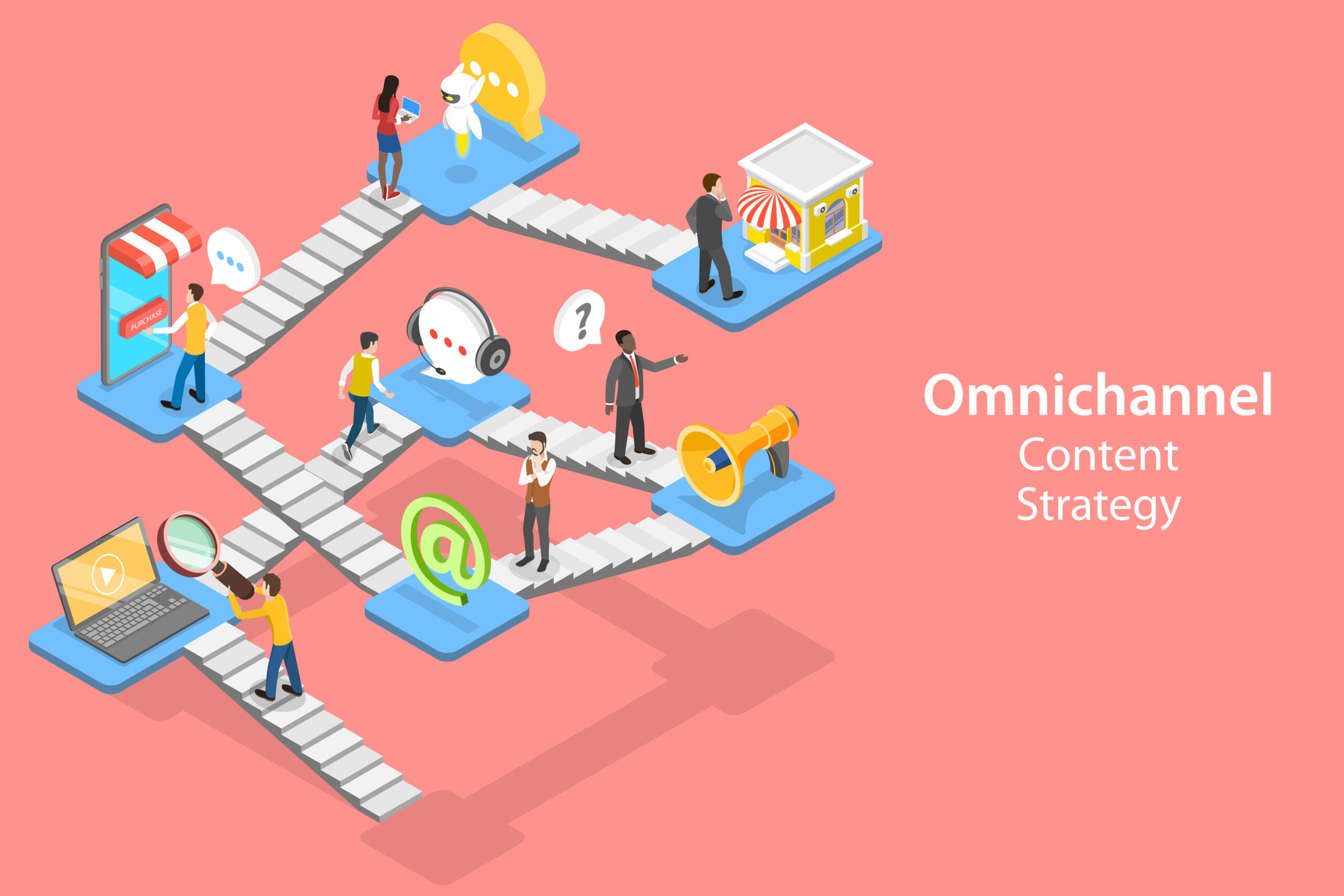Introduction
Customer Data Platforms (CDPs) have rapidly gained popularity as the go-to tool for modern marketing. They are often hailed as essential for companies looking to centralize data, personalize customer experiences, and streamline marketing efforts. However, as the adoption of CDPs grows, there’s a question that medium-sized businesses need to ask: Is a CDP truly necessary for your organization?
While CDPs offer advanced features, they can also introduce significant complexity and cost. For many organizations, especially those with strong in-house IT capabilities, a traditional Customer Relationship Management (CRM) system may provide everything needed—without the hefty price tag and operational headaches.
In fact, for businesses that already excel at managing customer data internally, CRMs might be more than sufficient to handle their marketing and sales needs. The key is understanding the actual capabilities of each system and evaluating whether the added functionality of a CDP justifies the investment. This article explores why CRMs remain a reliable, cost-effective option and how they can be the backbone of your customer management strategy without the complexity of a CDP.
Defining the Terms
Before diving into the debate, it’s important to define what we’re discussing. A Customer Data Platform (CDP) is designed to collect, unify, and activate customer data from multiple sources, offering a comprehensive view of customer interactions. This data can then be used for real-time personalization, segmentation, and analytics across multiple channels. In contrast, a Customer Relationship Management (CRM) system primarily focuses on managing customer interactions, sales processes, and marketing campaigns. While CRMs also handle customer data, their strength lies in tracking customer relationships and managing workflows, rather than providing advanced data unification and segmentation.
Here’s where the distinction is critical. CDPs excel in environments with highly complex customer journeys and vast amounts of first-party data. But for companies with simpler data needs or strong IT teams capable of managing integrations, a well-implemented CRM can achieve many of the same goals. For example, CRMs like Salesforce and HubSpot already offer robust functionalities, including real-time personalization and analytics, making them a viable option for many businesses.
The real question becomes: Do you need the extra complexity and cost of a CDP if your CRM is already working effectively?
Understanding the Flaw
The growing popularity of CDPs highlights a common flaw in how businesses approach customer data management. Many organizations believe that a CDP is the silver bullet for personalization and advanced marketing. But what often goes unmentioned is the steep learning curve and the high costs associated with setting up and maintaining a CDP. For example, implementing a CDP involves significant data integration and requires specialized IT skills—something many medium-sized businesses might lack.
Even worse, companies often overlook the redundancy in using both a CRM and a CDP. In some cases, CRMs can already perform many of the tasks associated with a CDP, but businesses rush to adopt new technologies without fully utilizing their existing tools. The result? Wasted time, increased costs, and a more complex tech stack than necessary.
Ultimately, this flawed approach stems from the misconception that every business needs the latest tech to succeed. But sometimes, simpler is better. CRMs, when used to their full potential, can provide sufficient functionality to meet your customer management and marketing needs—without the added complexity.
The Essential Element
So, what’s the missing component in the traditional approach to CRMs that has led to the rise of CDPs? It’s the ability to unify and activate data in real-time. While CRMs excel at managing customer relationships, they typically require additional tools or integrations to handle more advanced data needs, such as predictive analytics and machine learning. This gap has created a demand for CDPs, which offer out-of-the-box solutions for real-time segmentation and personalization.
However, businesses with strong in-house IT capabilities can bridge this gap without needing a CDP. With the right integrations, a CRM can be customized to handle many of the same tasks. Platforms like Salesforce even offer AI-powered tools like Einstein AI, which can provide real-time insights and personalization capabilities that rival those of a CDP.
This means that, for many medium-sized businesses, a CRM equipped with the right integrations can deliver the same benefits as a CDP—without the added complexity and cost.
Aligning with the Trend
Recent trends in marketing technology reflect a growing emphasis on personalization and data-driven decision-making. According to market data, the global CDP market is expected to grow from $5.1 billion in 2023 to $28.2 billion by 2028. Yet, despite this explosive growth, CRM systems remain the backbone of most organizations’ customer management strategies. In fact, 91% of companies with over 10 employees use a CRM system, and the CRM market is projected to reach $96.5 billion by 2028.
So, why are CRMs still so prevalent despite the rise of CDPs? It’s simple: CRMs offer a comprehensive suite of tools for managing customer interactions, sales processes, and marketing campaigns—all of which are essential for medium-sized businesses. For many companies, the additional features offered by a CDP simply aren’t necessary. As long as your CRM is optimized and your IT team is capable of managing integrations, a CRM can provide all the functionality you need to deliver personalized experiences and grow your business.
The Case for Change
If you’re a medium-sized business considering whether to invest in a CDP, it’s time to rethink your approach. Ask yourself: Is my current CRM underperforming? If the answer is no, then adding a CDP might just add unnecessary complexity to your tech stack. Instead, focus on optimizing your existing CRM system. Ensure it’s fully integrated with your other marketing tools, and take advantage of its built-in personalization and analytics features.
Remember, the goal is not to have the most complex system—it’s to have the most effective system. And for many businesses, a well-implemented CRM can achieve all the necessary objectives without the added burden of a CDP.
Success in Practice
Let’s look at a real-world example. A medium-sized e-commerce company with an in-house IT team decided to optimize its existing CRM, rather than investing in a CDP. By integrating its CRM with its e-commerce platform and email marketing tools, the company was able to achieve real-time personalization and segmentation—without the need for a CDP. The result? A 15% increase in customer retention and a 10% boost in sales, all without the added costs and complexity of a CDP.
This case study highlights an important lesson: sometimes, the simplest solution is the best one.
A Roadmap to Success
Step 1: Assess Your Current CRM Begin by evaluating your current CRM system. Is it being used to its full potential? Are there any gaps in functionality that could be addressed through integration or customization?
Step 2: Optimize Existing Tools Work with your IT team to optimize your CRM’s current capabilities. Look for opportunities to integrate it with your existing marketing tools, such as email platforms and social media channels.
Step 3: Implement Personalization Leverage your CRM’s built-in tools for personalization. This could include segmenting your customer base, personalizing email campaigns, or using predictive analytics to identify future sales opportunities.
Step 4: Track Performance Monitor key metrics such as customer retention, sales growth, and engagement rates. Use these insights to continually refine and optimize your CRM strategy.
Step 5: Evaluate the Need for Additional Tools Only after fully optimizing your CRM should you consider whether a CDP is necessary. If your CRM meets your needs, you may be able to avoid the added complexity and cost of a CDP.
Conclusion
In the race to adopt the latest marketing technologies, it’s easy to get caught up in the hype. But for medium-sized businesses, the reality is that a traditional CRM system—when fully optimized—can provide everything needed to manage customer relationships and deliver personalized experiences. Before investing in a CDP, take the time to assess your current tools, optimize them, and evaluate whether the added complexity of a CDP is truly necessary. In many cases, the simpler solution is the best one.










